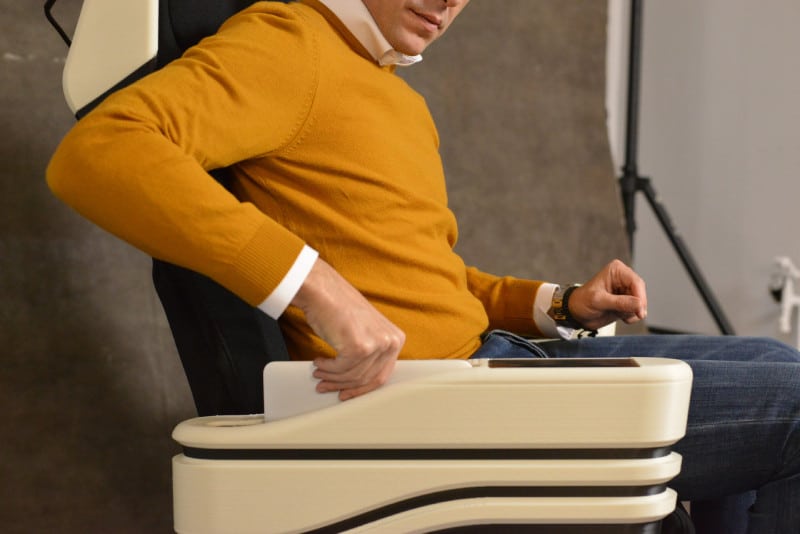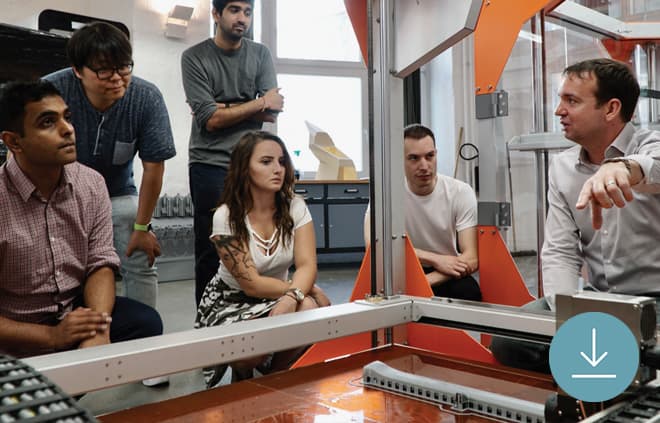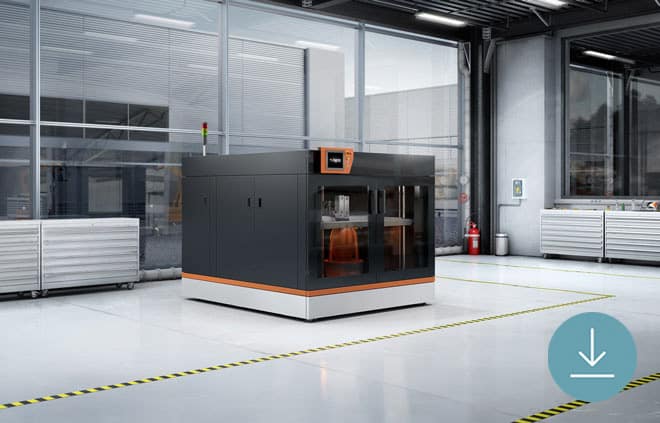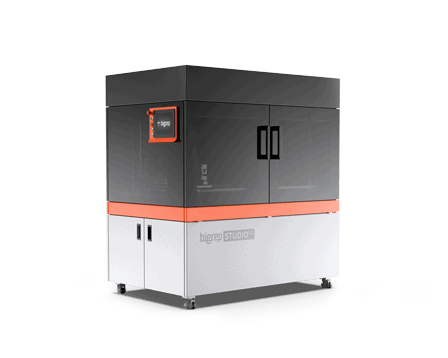Mass Customization and the Power of 3D Printing
One of the major selling points of adopting 3D printing technology into operations is the ability to mass customize.
But what exactly is mass customization, why would anyone want it, and how does 3D printing enable it?
What is mass customization?
At its simplest, mass customization is exactly what it sounds like: customization on a large scale.
Customization is typically thought of as more one-of-a-kind than one-size-fits-all, which can make it difficult to achieve on a large scale. The major benefit here is in combining the low cost-per-unit of mass manufacturing with the appeal and flexibility of individual design.
Mass customization can be simple or complex, depending on the manufacturer and application. Selecting a different color or size of a design, for example, is a relatively simple way of customizing a mass-produced product. Upping the complexity, the shell of a certain system may look the same, such as in the case of a computer, while the internal components may be swapped out to affect speed or power, to create many potential configurations of customization within a single product.
In many cases, the ultimate assembled product may thus be customized, even if the individual components themselves are still subject to standard mass production. In different applications, though, a single order of many of the same object may require slight variations between each item in the run. This inherently changes the plan for manufacturing, as a single mold for injection molding can only create the same geometry time after time.
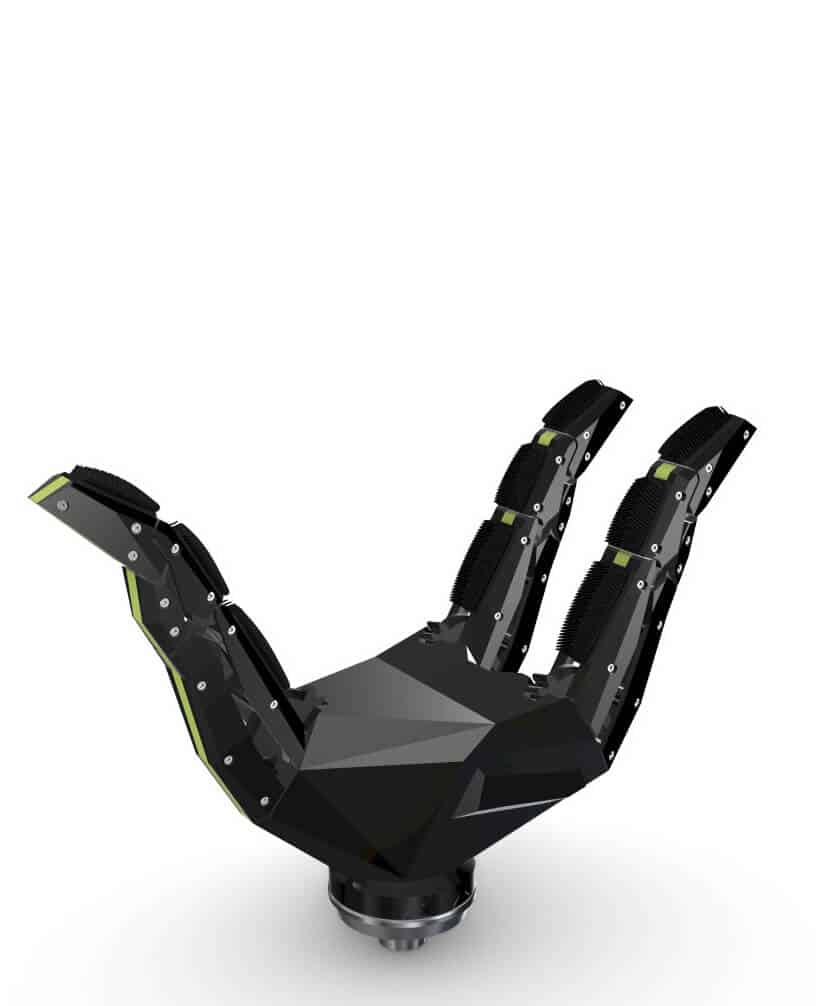
Why is mass customization useful?
From shoes to computers to widgets, there are myriad reasons why a customer might want to offer variances within a single production run. Let’s look to an example in the medical industry to easily understand why customizing on a larger scale might be helpful to a manufacturer.
One of the earliest wide adopters of 3D printing technology was the hearing aid industry. Another more recent example is the orthodontic aligner business. In both these cases, a manufacturer must make an individually fitted device for the unique anatomy of a single person. No two ear canals, nor two sets of teeth, are quite the same. When it comes to dental aligners, even a single person’s needs will change as the teeth are shifted through wearing these and new aligners will be required on a fairly regular basis.
In both hearing aids and aligners, it’s clear to see why each design must be unique to its eventual wearer. But getting there with mass production technology can be a trickier proposition.
For a manufacturer, good business sense dictates that every effort should be made to create the best possible product at the lowest cost, using the least material, time, and labor possible. That generally means producing on a larger scale, as price-per-unit can be reduced through the concept of mass production. Combining that capability with the needs of products that are customized in at least some aspect is where the idea of mass customization begins to make strategic sense.
Mass customization examples
Beyond the medical industry, mass customization comes into play across many application areas.
One of the most interactive ways to access mass customization is through co-creation, which is a collaborative effort working closely with a partner or customer. Both parties’ expertise, whether of technology or end-user experience, comes into play to together design a solution that can be tweaked as needed to individualize the ultimate experience.
Sizing and color are among the primary aspects of many designs, from furniture to clothing, that can be customized, but by no means are they the only facets.
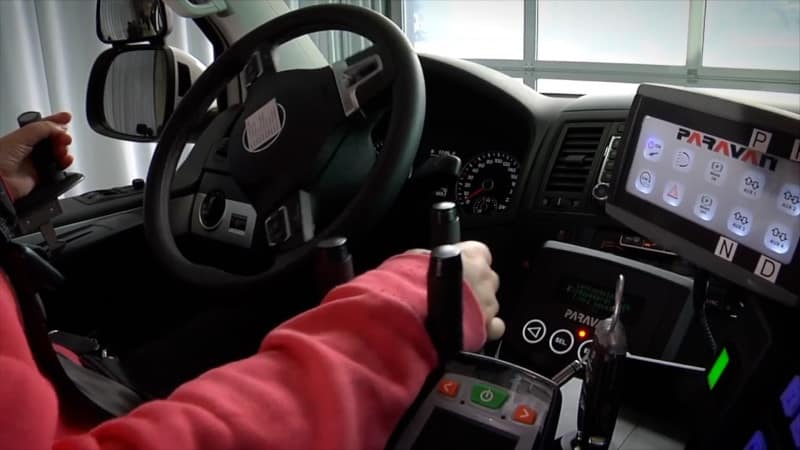
German automotive company Paravan, for example, is the market leader in producing wheelchair-accessible vehicles. The company has turned to large-format 3D printing to customize vehicles for drivers and passengers with disabilities or special needs. While a base car may be similar, each individual’s needs are different; some may need a modified steering mechanism while another may need an adapted braking system.
Comfort, style, safety, adaptability, personality, luxury -- the reasons for wanting mass customization are many, though ultimately all boil down to the need to satisfy the end user.
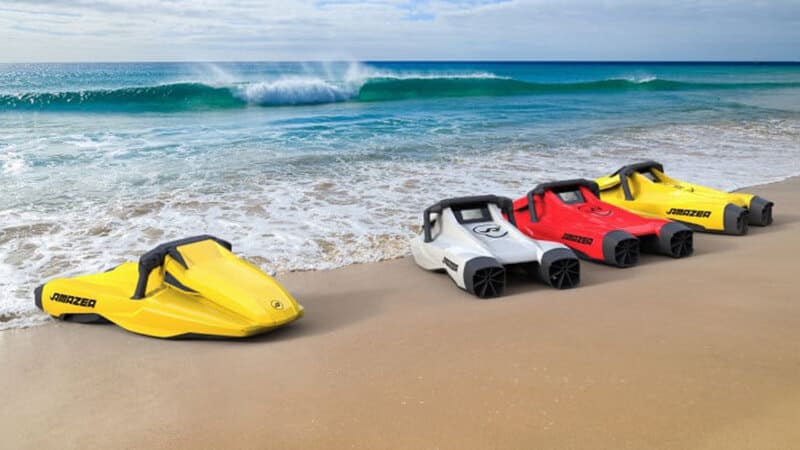
Different approaches to customization
Just as the goals of customization differ case by case, so do the approaches to achieving it. Among the major approaches are collaborative, adaptive, transparent, and cosmetic customization.
Collaborative customization
When it comes to collaborative customization, co-creation is the key. Working closely together with your customer to identify exactly what needs must be met, and what may need to be adjusted to meet individuals’ unique needs from a base design, the co-creators are able to determine the whats and the whys to then develop the hows of appropriate mass customization.
Adaptive customization
Focused more on the end user, adaptive collaboration enables, well, adaptation. Allowing a few options to customize a product, a customer can select the fit or style that best suits them. When making products like water sports mobility devices, for example, ensuring the right fit for the rider is not only practical, but a safety measure. Large-format 3D printing is enabling just that for JAMADE’s AMAZEA underwater scooter.
Transparent customization
Sometimes customization seems obvious - and when needs are apparent, transparent customization can come into play. Here, individuals’ products are customized from the back end as the producer can reliably predict and then discreetly create designs that suit those needs. The goal with transparent customization is to make workflow easier for the client, removing the need for ongoing back-and-forth discussion.
Cosmetic customization
Customization can go into the very essence of a product, or be a bit more front-facing. Cosmetic customization comes into play for mass production that doesn’t “look mass produced.” No one wants to feel like they’re one of a crowd, so presenting essentially the same product in a few different ways can help differentiate between customers -- think company logos, different colors, and other cosmetic branding.
Challenges to mass customization
As valuable a prospect as mass customization is, actualizing the concept still faces some challenges. As more industrial 3D printing capabilities are put to use in mass customization, though, these challenges can be seen as simply the next landmarks of achievement.
Higher costs
The numbers are simple: it’s more cost-effective to mass produce batches of like items. We see this same split when considering injection molding versus additive manufacturing when it comes to mass production. As of today, injection molding is a more economical option for mass production.
The same cannot be said, however, when it comes to customization. Producing quantities of slightly different items means that the same mold will not suffice for each. Making new molds in this manner would be extremely expensive, and likely more costly in terms of both money and extended lead time to make them all than a manufacturer would find agreeable.
In order to effectively mass customize, either individualized molds must be made for each or manufacturing must be done with no molding at all - and that’s where industrial 3D printing comes into play. This changes the value proposition, as the lack of molds enables the individualization of each piece in a mass production pipeline without adding to costs as would happen with traditional processes.
When considering higher costs, comparisons must be apples-to-apples; like must be compared with like. Mass customization is not inexpensive, but with increasing demand from end-use consumers preferring their specific needs be met, it is only going to be on the rise across a variety of applications and industries.
Returning of customized products
Returns are a fact of life in any production environment. For any number of reasons, customers may see the need to return their goods. Any reason may be given, from having not selected the right item for their purpose to changing their minds - and most major suppliers have return policies in place.
When those items to be returned have been customized, though, things change for the supplier. Many returned goods can be returned to the shelves with only a slight inventory adjustment. Items made to fit a specific user or need, though, cannot simply go back on a shelf.
Returns must be handled on a case-by-case basis, with consideration of the ability to resell the product to a new buyer. When it comes to personalized medical goods, for example, there simply is no other customer. When customization came in the form of a size or color, though, more opportunities are likely for different buyers.
Supply chain efficiency
Finally, mass customization may alter the efficiencies of supply chain operations. Mass production typically requires longer lead times when custom options are available.
However, through advanced manufacturing technologies like large-format 3D printing, lead times may not see much impact. Because digital designs lead directly to the physical products, with no need for tooling or molding made along the way, each print job takes a specified amount of time regardless of the variation in designs on the build tray.

How can we achieve mass customization?
When it comes to true mass customization, making full product runs with slight-to-major variances among each object made, the single best option available today is to use 3D printing.
3D printing is a digital manufacturing technology that enables every object on a build plate, whether that be two or 2,000, to be different. By tweaking the 3D model, each design can be customized for its ultimate purpose without any additional expense. There is no need for tooling to be made, nor new molds for each individual design adjustment, significantly reducing the time and money typically involved in creating different designs.
When using large-format 3D printing equipment, new possibilities open up for industry and art alike, enabling every design to be as unique as a fingerprint.
How can we achieve mass customization?
When it comes to true mass customization, making full product runs with slight-to-major variances among each object made, the single best option available today is to use 3D printing.
3D printing is a digital manufacturing technology that enables every object on a build plate, whether that be two or 2,000, to be different. By tweaking the 3D model, each design can be customized for its ultimate purpose without any additional expense. There is no need for tooling to be made, nor new molds for each individual design adjustment, significantly reducing the time and money typically involved in creating different designs.
When using large-format 3D printing equipment, new possibilities open up for industry and art alike, enabling every design to be as unique as a fingerprint.

Learn more with these Additive Manufacturing Use Cases
Find your industrial Additive Manufacturing machine
GRADUATE FROM DESKTOP. GET INDUSTRIAL.
The BigRep STUDIO G2 gets 3D printing off your desk and takes it to the next level. Operating with the same ease as a desktop 3D printer and with 10 times the build volume, the STUDIO G2 provides large-scale industrial manufacturing capabilities in a compact “fits everywhere” build.
PREMIUM-EFFIZIENZ FÜR ANWENDUNGEN IN DER INDUSTRIE
Der industrielle 3D-Drucker STUDIO G2 wurde speziell auf Zuverlässigkeit bei abrasiven und technischen Werkstoffen ausgelegt. Er ist ein langlebiger und kostengünstiger Partner für Ihre Innovationen, da er das gegenwärtig beste Verhältnis zwischen Bauvolumen und Auflösung bei 3D-Druckern bietet. Der STUDIO G2 mit seinem ansprechenden und platzsparenden Gehäuse eignet sich perfekt zur Produktion großformatiger Teile in jeder Arbeitsumgebung – vom Büro bis zur Werkstatt.
